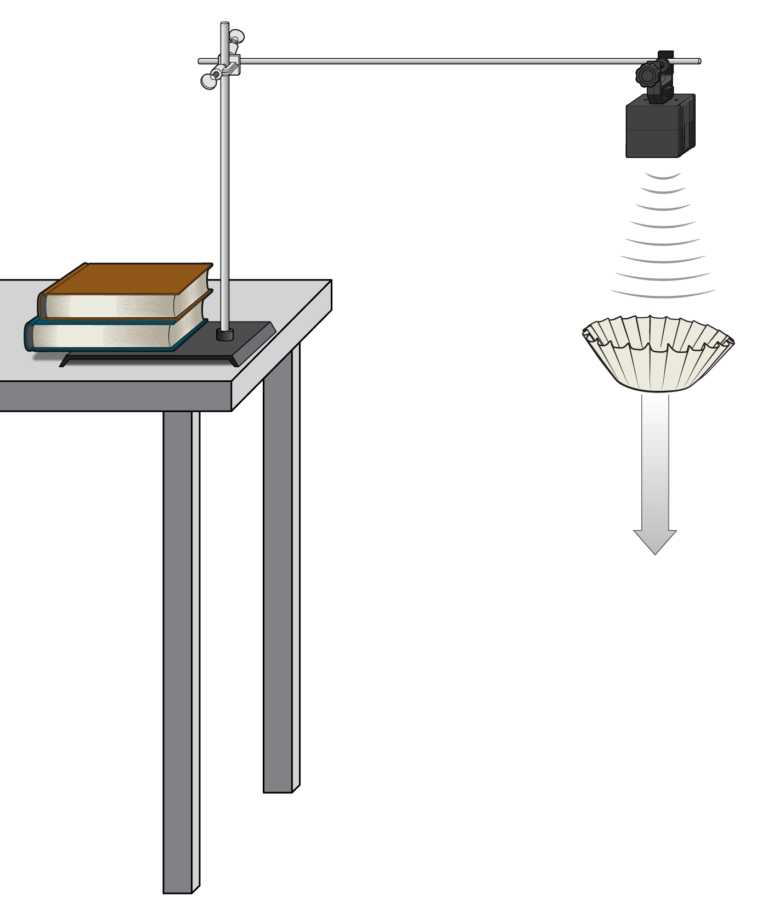
Introduction
Galileo tried to prove that all falling objects accelerate downward at the same rate. Falling objects do accelerate downward at the same rate in a vacuum. Air resistance, however, can cause objects to fall at different rates in air. Air resistance enables a skydiver’s parachute to slow his or her fall. Because of air resistance, falling objects can reach a maximum velocity or terminal velocity. In this experiment, you will study the velocities of two different falling objects.
Objectives
- Use a Motion Detector to measure distance and velocity.
- Produce position vs. time and velocity vs. time graphs.
- Analyze and explain the results.
Sensors and Equipment
This experiment features the following sensors and equipment. Additional equipment may be required.
Ready to Experiment?
Ask an Expert
Get answers to your questions about how to teach this experiment with our support team.
- Call toll-free: 888-837-6437
- Chat with Us
- Email support@vernier.com
Purchase the Lab Book
This experiment is #16 of Exploring Physical Science. The experiment in the book includes student instructions as well as instructor information for set up, helpful hints, and sample graphs and data.


